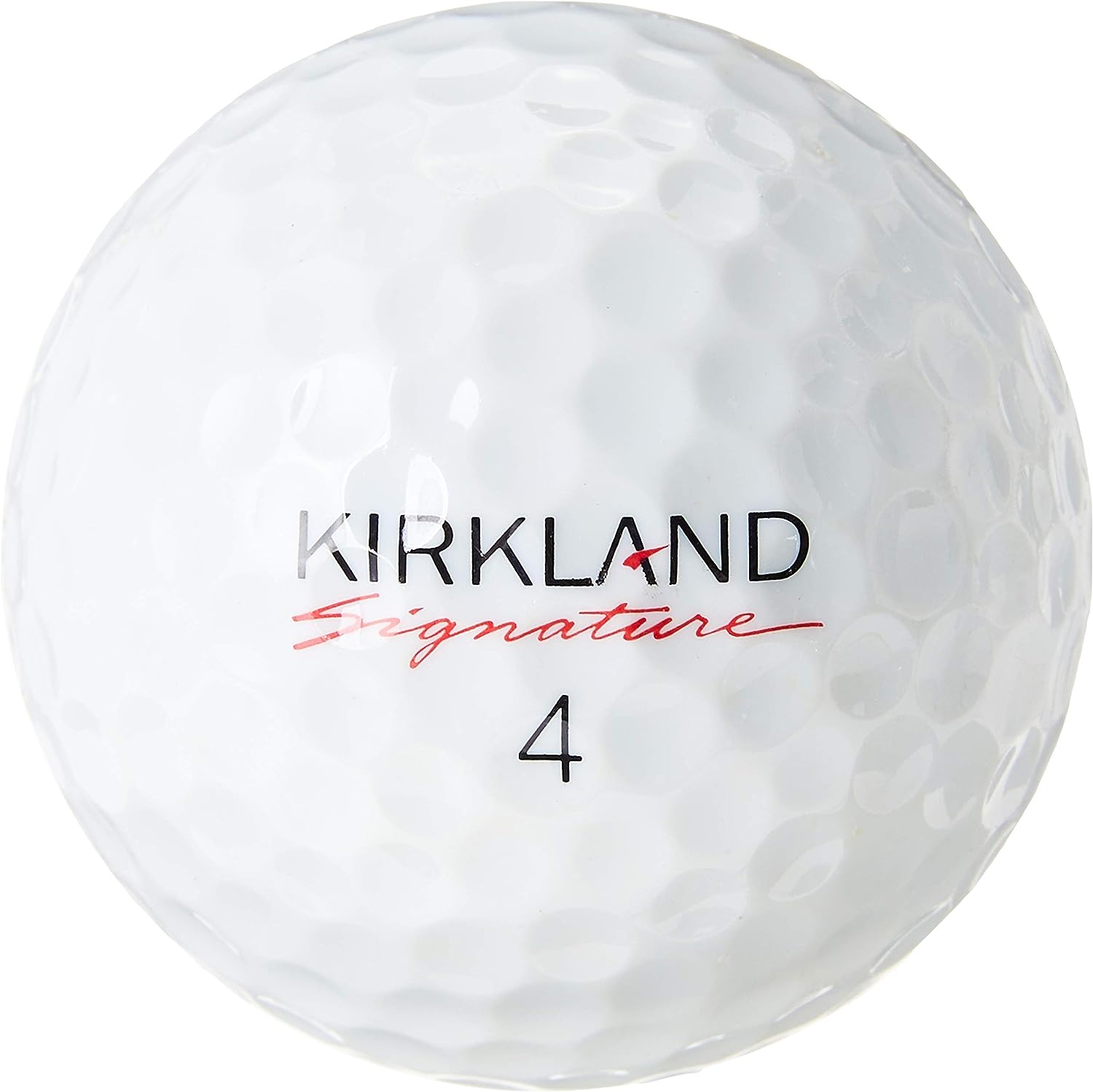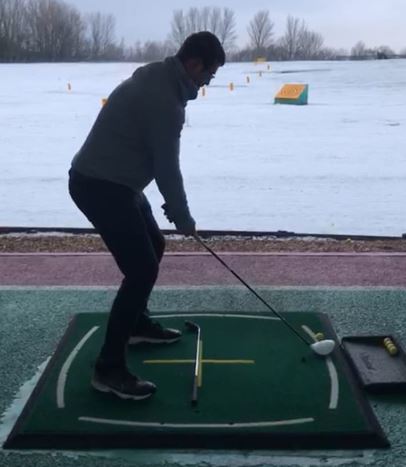Costco’s Kirkland Golf Balls Review – Any Good Vs The Pro V1
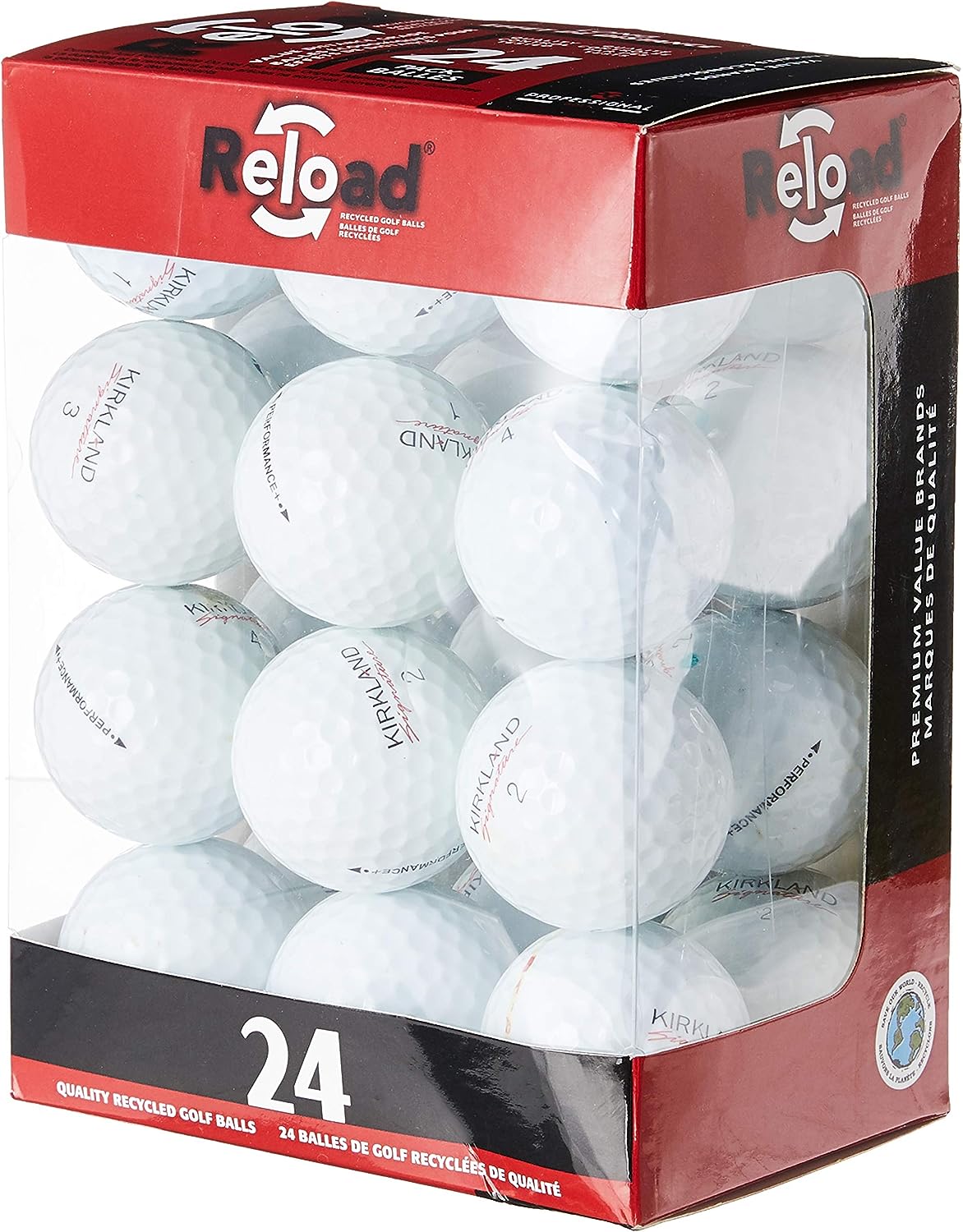
In most cases, it’s not a great idea to stretch yourself thin.
When you try to do a million things well, you usually end up doing four or five things well. But Kirkland is a brand that has seemingly beaten the odds.
Most Kirkland products that I’ve tried have been high quality. And they make everything from vitamins to frozen foods. But when it comes to golf gear, the bar is set a little higher. Precise engineering and advanced technology is usually required to make the best golf gear.
This is especially true of golf balls. So can Kirkland golf balls really be any good? I tested them against the Titleist Pro V1 golf balls to find out.
Overview of the Kirkland Golf Balls
The Kirkland Signature golf balls have a 3-piece design with a urethane cover.
The cover features a 338-dimple pattern and the core is made of a highly elastic rubber material. The compression is in the midrange.
Like the Titleist Pro V1 balls, the Kirkland Signature golf balls were designed to provide low long game spin and high short game spin. They attempt this variable spin rate by creating a 3-piece mantle.
Overview of the Titleist Pro V1 Golf Balls
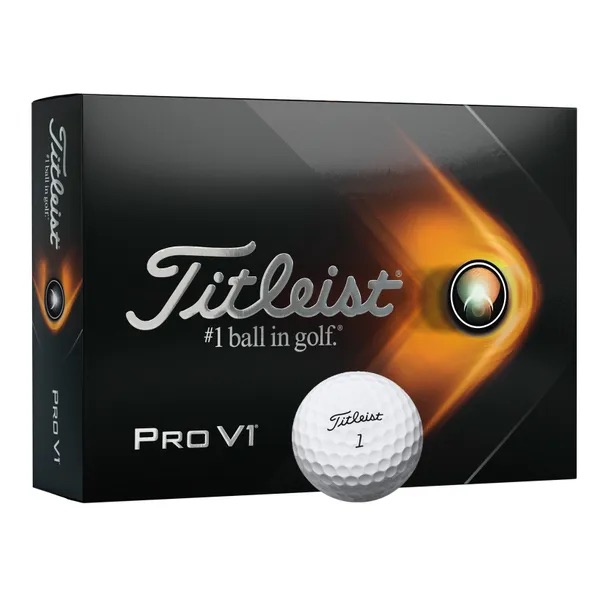
The design specs for the Titleist Pro V1 golf balls are actually very similar to those of the Kirkland Signature balls.
For instance, the Titleist Pro V1 is also a three-piece golf ball with a mid compression rating.
The Titleist Pro V1 golf balls also have a cast urethane cover. However, the Titleist Pro V1 balls have a gradient core design. This means that the core is soft but the outer layers get increasingly firm. Again, this helps keep long game spin down and short game spin high.
Another difference is that the Titleist Pro V1 balls have a 388-dimple pattern while the Kirkland Signature balls have a 338-dimple pattern.
Kirkland Signature Vs Titleist Pro V1: Durability
I love the feel of a urethane cover but I’m always worried that if the urethane is too soft, it will scuff easily.
That’s not what I saw with the Kirkland golf balls. Even on harsh mis-hits when I was swinging out of my shoes, I didn’t see any major scuffing which led me to believe that the Kirkland golf balls would last at least a few rounds before having to swap them out.
But the Titleist Pro V1 balls were also very durable. On the same kinds of fast swing speed mis-hits, I didn’t see any glaring scratches or scuffs. My testing was limited to just a couple of days but I got the sense that both balls would last an equal amount of time – about three rounds is my guess.
Kirkland Signature Vs Titleist Pro V1: Feel
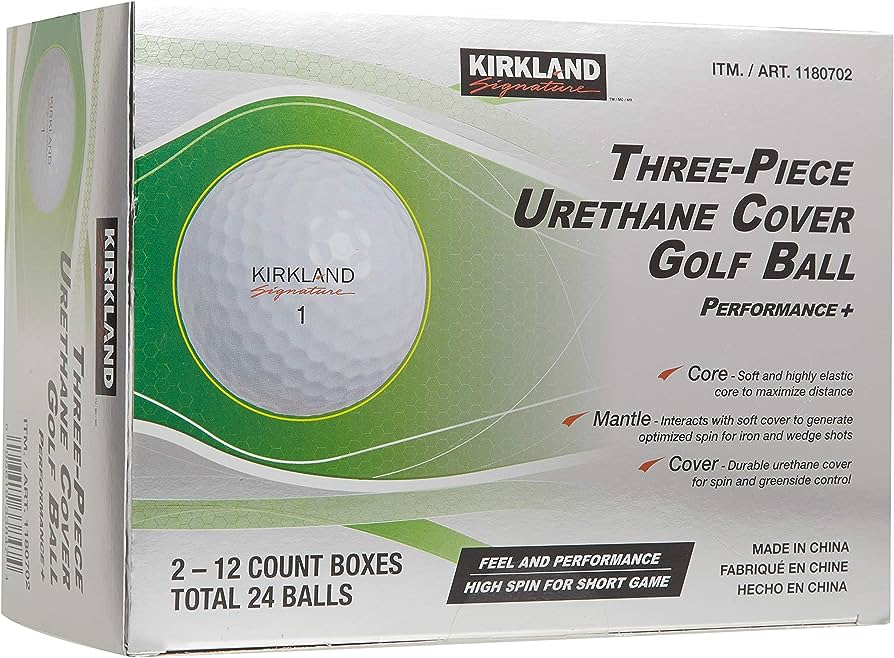
The Kirkland Signature balls were made with a soft urethane cover but soft isn’t the adjective I would use to describe them.
While they don’t feel like rocks by any means, I was definitely expecting a softer feel. Off the driver face, they feel substantial and don’t mush into the driver face.
With my irons, they felt a bit unresponsive. Again, this was where I was expecting a soft feel but the Kirkland balls felt especially firm of the iron and wedge face.
The Titleist Pro V1 did have a slightly softer feel. I felt more of a reaction from them with my driver, woods and irons. However, there was a distinct lack of feel off the putter face. They are a little bit too soft for putting in my opinion. It was almost difficult to feel when I made contact with the ball. For me, I like more feedback and feel when I putt.
Kirkland Signature Vs Titleist Pro V1: Spin
It seems like everyone who makes golf balls say that their ball will provide low long game spin rates and high short game spin rates.
The same claims have been made about the Titleist Pro V1 and the Kirkland Signature balls. So which one actually delivered on this promise?
My testing showed that the Titleist Pro V1 balls produced lower long game spin and that the Kirkland Signature balls produced higher short game spin. So it was a tradeoff. Around the pin, the Kirkland balls spun over 1000 RPMs more than the Titleist Pro V1 balls.
But the Titleist Pro V1 balls delivered lower spin rates with my woods. But the long game spin difference wasn’t stark. My average driver spin rate with the Titleist Pro V1’s was 2200 RPMs while my average driver spin rate with the Kirkland balls was 2300 RPMs.
One thing I should mention is that the Kirkland balls actually spun as much with my wedges when the lie was difficult or the conditions were wet. It could be the way they were reacting to my grooves (which probably need to be sharpened) but it’s still noteworthy because if you tend to play in wet conditions, there may not actually be much of a difference in short game spin between the Titleist Pro V1 and Kirkland Signature balls.
Kirkland Signature Vs Titleist Pro V1: Distance
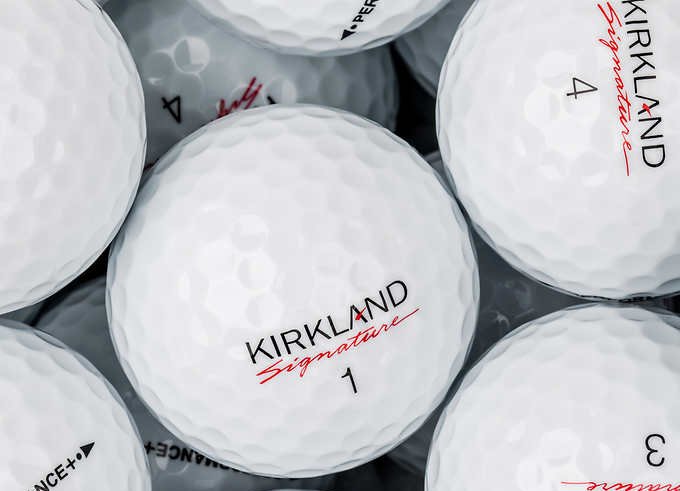
Now to tackle the big question: which ball played longer?
Starting with the driver, the Titleist Pro V1 actually played a bit longer. While both balls displayed good roll out, the Titleist Pro V1 balls came off the face hotter and produced better initial ball speed. That, coupled with the lower spin rates, generated an average of 10.4 extra yards of roll out and 7.6 yards of extra carry.
The story was pretty much the same with my irons. The Titleist Pro V1 balls played an average of 8.4 yards longer (7-iron) than the Kirkland Signature balls.
But I have to mention that the Kirkland Signature balls felt more workable with my irons. The natural flight was mid but I got the sense that I could control the trajectory more with the Kirkland balls. To me, that control is more important than the 8-10 yards that you might lose with the Kirkland Balls.
